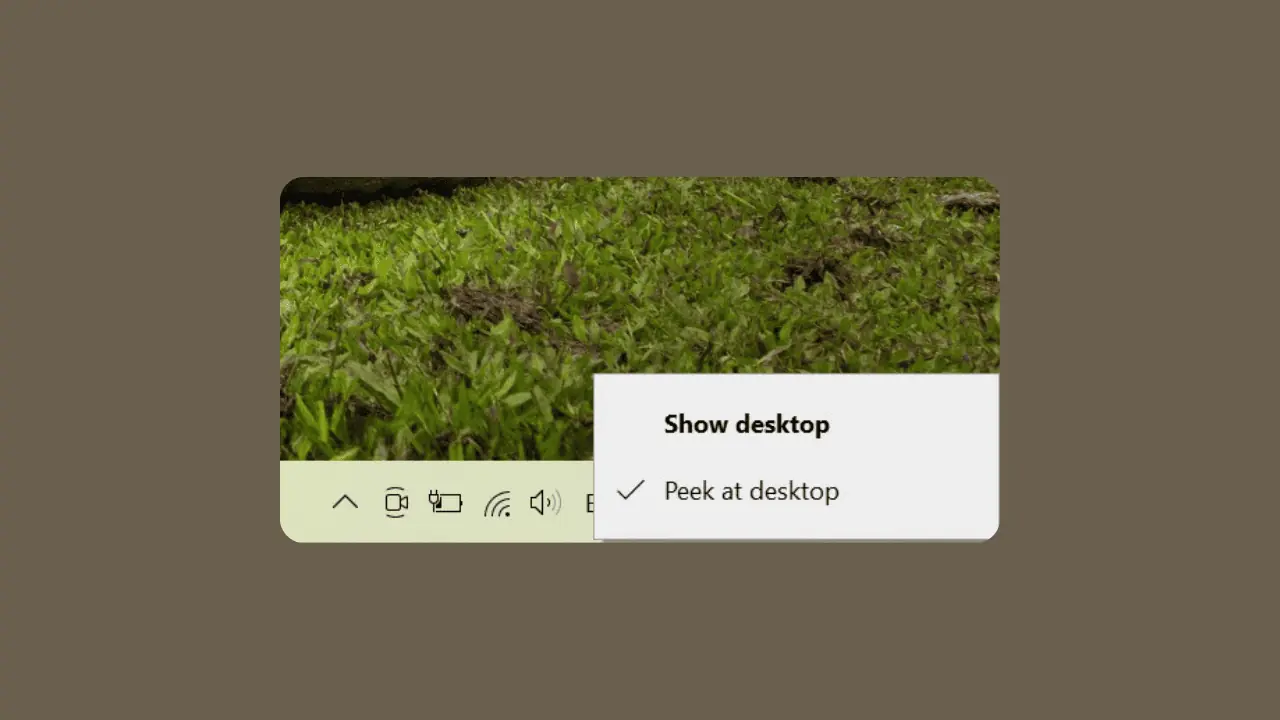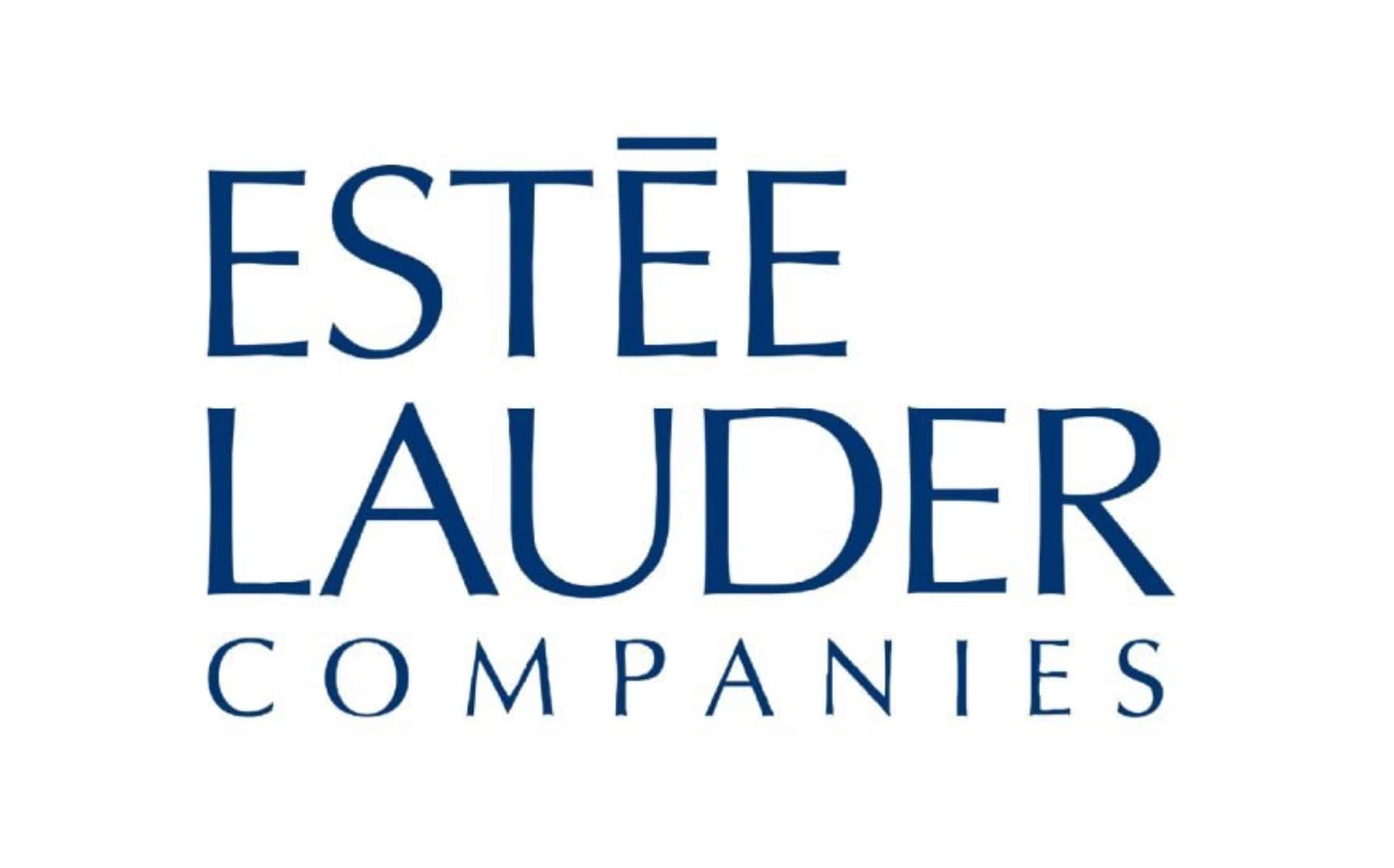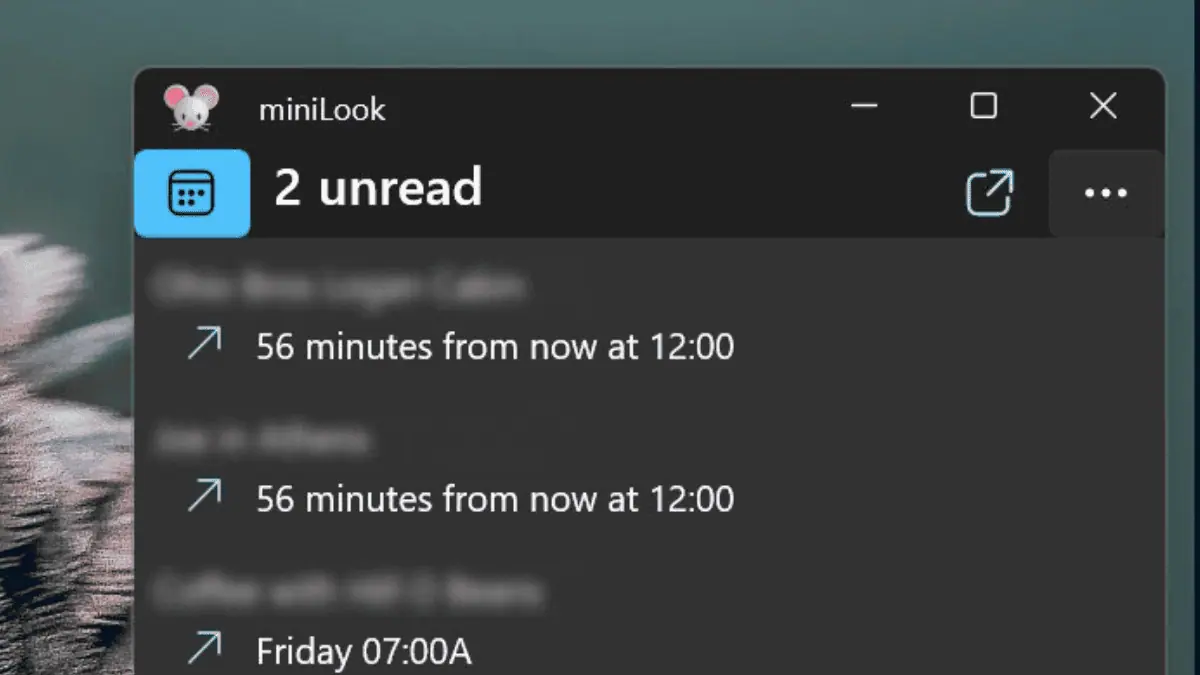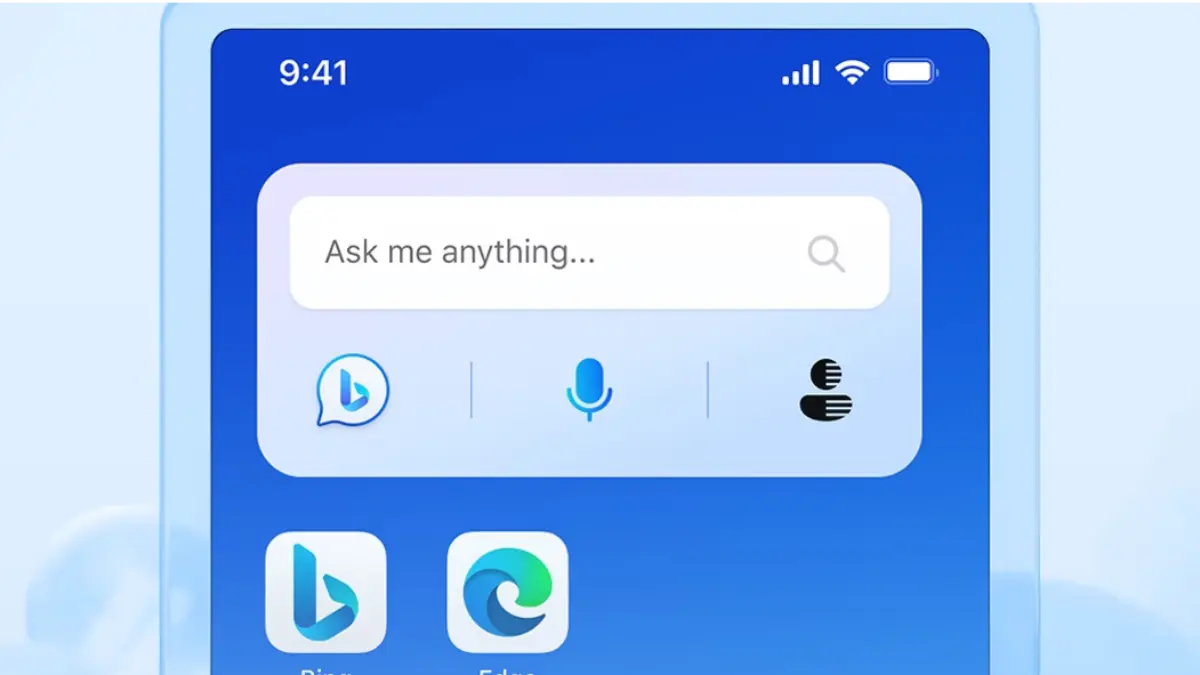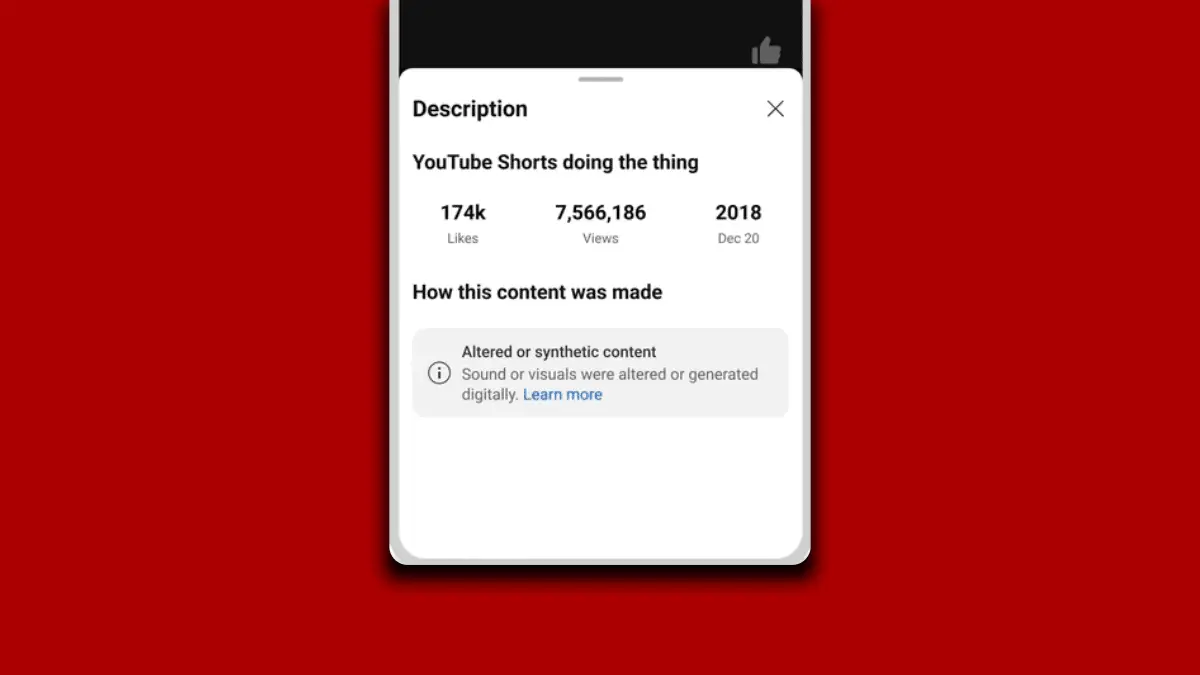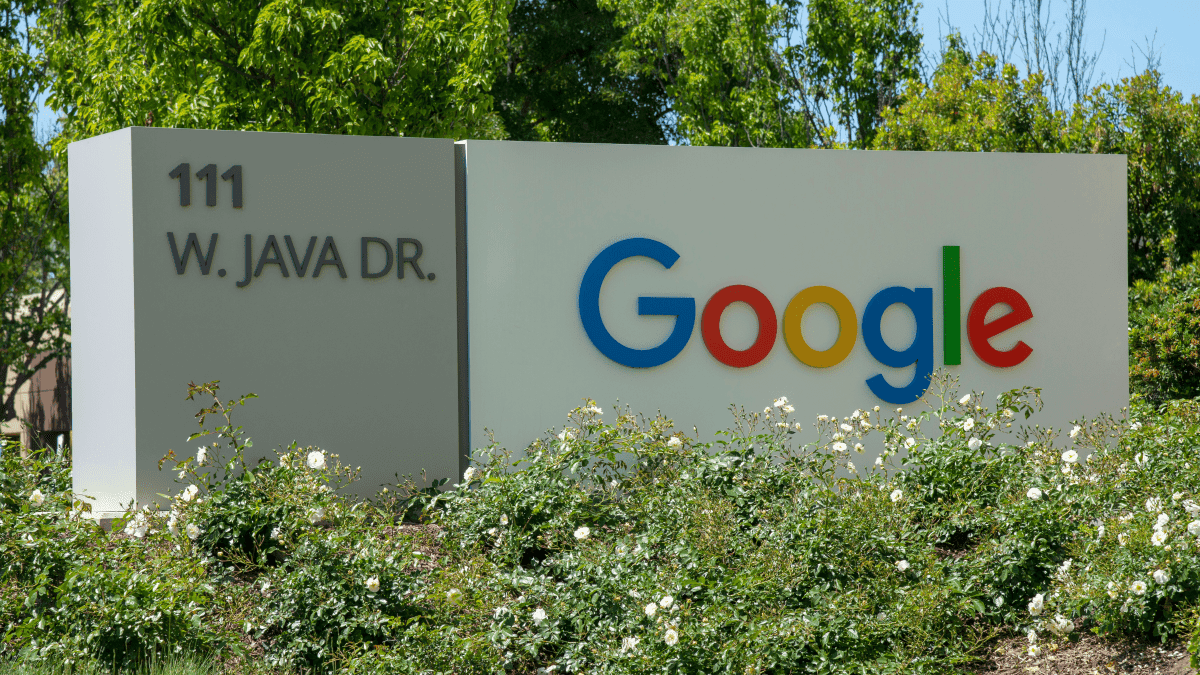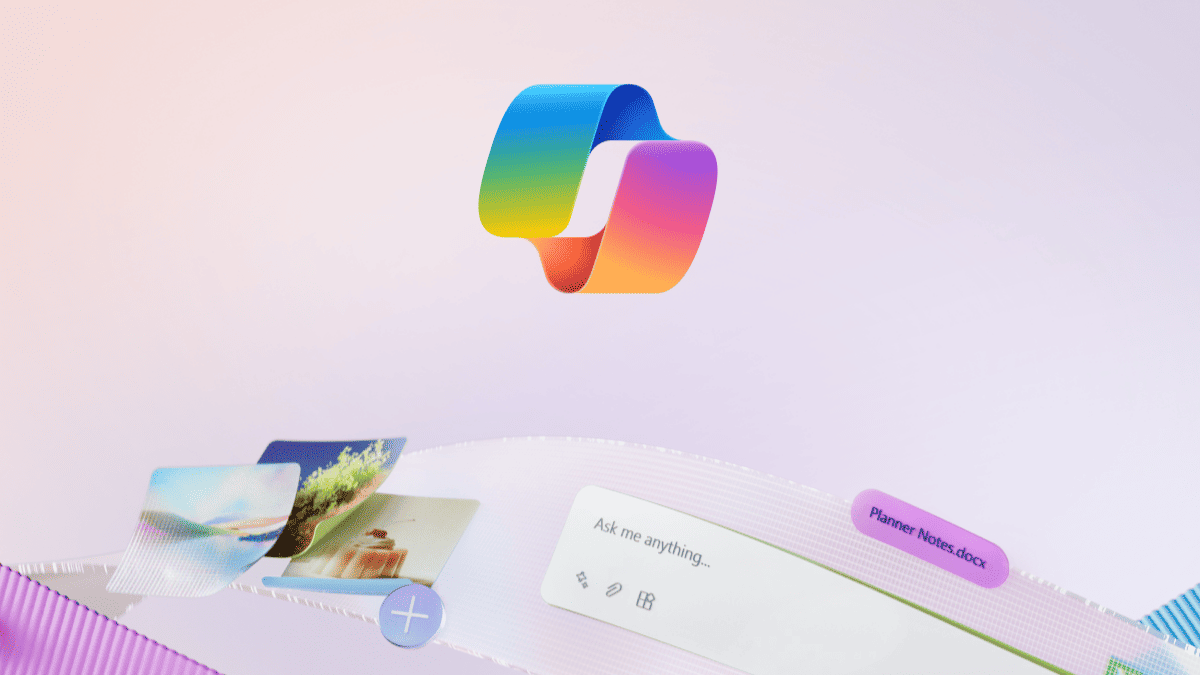How Microsoft built the Surface Book 2's really good display
3 min. read
Published on
Read our disclosure page to find out how can you help MSPoweruser sustain the editorial team Read more

Microsoft’s Surface Book 2 has a really good screen, that’s one thing we’ve discovered while working on our review of the Surface 2. Tech Radar’s Joe Osb0rne spoke to Microsoft’s Steve Bathiche, described as a Technical Fellow at Microsoft working on its hardware design to understand just how Microsoft designed and sourced the panels for the highly lauded Surface Book 2 display.
When we design the display we, for example, specify that we need negative-mode LCD, we specify the exact number of pixels, which is unique. No-one creates those number of pixels this way and also the exact size and format. And, if you look at the numbers, we actually find for sweet-spot numbers that are mathematically nice. So, this is a 15-inch display, 3 by 2 [aspect ratio]. If you divide out the numbers, that means it’s actually 12.5 inches wide and it’s exactly 12.50, which is kind of nice, so the numbers round out to be quite beautiful.
Microsoft actually does a lot of work in creating the screen, while it may be easy to assume that the firm sources displays that any old manufacturer can just slap on to their own laptop, this isn’t the case. There’s a lot of work done with the screen manufacturer so that they build to Microsoft’s spec. A team of designers often works with the manufacturers so that ideas and concepts don’t end up lost in translation. Microsoft even creates its own custom processor for the screen, which all adds to the fluidity of inking on the display such that it almost resembles actual paper more so than many other PCs which support Windows Ink.
All of our displays are custom to our spec. A lot of engineering on the Microsoft side goes into the display, the mechanical integration, the backlight design, pixel layout, formats, even what liquid crystals are used, even sometimes we’ll go into transistor structures if we need to change that.”
For the most part, of course our partners are also experts in this area. But, the thing we’ve found is that there are so many variables when you’re making a display that you need to tune to make those trade-offs in performance and power consumption, and cost and yield, that a partner can’t do that on their own and make the right trade-offs for Surface.
And, so typically what we do is we form a team that lives and breathes with our partner, and we work very close with that partner, and it becomes essentially a created display. Now, sometimes they [ask], ‘Can we use this display for other people?’ and, sometimes, we’ll say no. That’s an example of how this is our own display: because they can’t necessarily turn around and sell that display to someone else.
You can read the full article over at TechRadar, if you’re interested in a deeper insight into how the display works, it is certainly going to be a good read.

